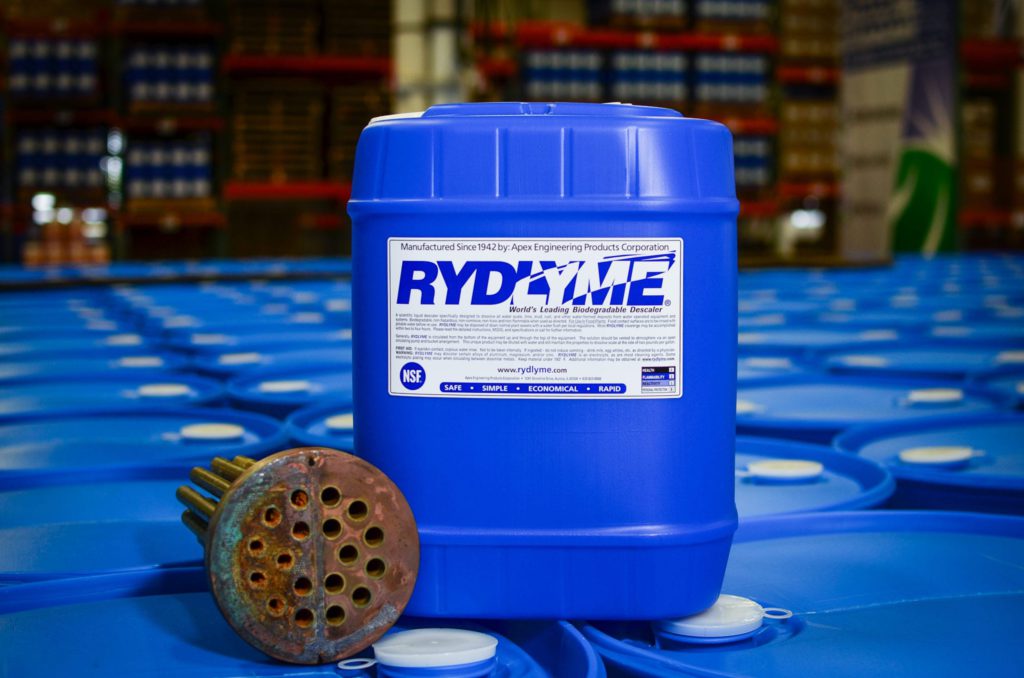Introduction
Heat exchanger cleaner are critical components in countless industrial applications, enabling efficient heat transfer between fluids in systems like HVAC units, power plants, chemical processing plants, and food industries. Over time, these systems accumulate unwanted deposits such as scale, sludge, rust, oil residues, and biofilms, which significantly reduce their performance and energy efficiency. To combat this, heat exchanger cleaners—available in mechanical, chemical, and hydro-based forms—are used to restore optimal function. Proper cleaning ensures consistent heat transfer, reduces operational costs, extends equipment lifespan, and minimizes unplanned downtime.
What is a Heat Exchanger Cleaner?
A heat exchanger cleaner is either a chemical formulation or a mechanical system used to remove fouling and scaling from the surfaces of a heat exchanger. Over time, heat exchangers accumulate:
- Scale (e.g., calcium carbonate, magnesium salts)
- Corrosion residues
- Biofilms and microbial growth
- Oil, grease, and sludge
- Dust and sediment
These unwanted materials reduce thermal efficiency, increase pressure drop, and lead to equipment failure or high energy costs. Cleaning restores optimal performance and extends equipment life.
Types of Heat Exchanger Cleaning Methods
Mechanical Cleaning Methods
Mechanical methods are physical techniques used to remove solid deposits.
Brush and Rod Cleaning
- Manual rods with brushes scrub the internal surface of tubes.
- Often used for small-scale or lightly fouled tube bundles.
Flexible Shaft Tube Cleaners
- Motorized devices with rotating shafts and brushes/cutters.
- Clean the inside of long and narrow tubes without disassembling the heat exchanger.
Tube Cleaning Guns
- Use compressed air or water to shoot cleaning projectiles through tubes.
- Sponge balls, brushes, or abrasive pellets are launched to clean and remove deposits.
Foam Pigging
- Foam pigs (plugs) are inserted and pushed through tubes with water or air.
- Common in industries like food processing and oil refineries.
Rotary Cleaners
- Rotary tube cleaners spin metal brushes or carbide tips inside the tubes.
- Suitable for hard scale or long tubes.
Chemical Cleaning Methods
Chemical cleaning dissolves fouling and deposits using carefully selected cleaning agents.
Acid Descaling
- Removes limescale, calcium deposits, and rust.
- Common acids: Hydrochloric acid, Sulfamic acid, Citric acid.
- Often used with corrosion inhibitors to protect metal surfaces.
Alkaline Cleaning
- Used for removing oil, grease, sludge, and organic matter.
- Involves sodium hydroxide or other alkaline detergents.
Biocidal Cleaning
- Removes biofouling and microbial films in water-cooled systems.
- Typical biocides: Isothiazolinone, glutaraldehyde, sodium hypochlorite.
Neutralization Step
- After acid cleaning, neutralization with sodium carbonate or lime is essential to balance pH and protect the metal.
Passivation Treatment
- Chemical treatment post-cleaning to protect cleaned surfaces from corrosion.
- Forms a thin protective oxide layer.
Hydroblasting (High-Pressure Water Jetting)
- Involves water sprayed at very high pressure (10,000–40,000 psi).
- Effective for removing tough scale and deposits without chemicals.
- Safe for most metals and surfaces.
- Requires specialized equipment and trained personnel.
Ultrasonic Cleaning
- Uses high-frequency sound waves in a cleaning bath to generate microscopic bubbles.
- The bubbles implode (cavitation), dislodging dirt and fouling even from small crevices and tight channels.
- Perfect for plate heat exchangers, compact heat exchangers, and delicate parts.
Safety Precautions and Best Practices
- Material Compatibility Check
- Avoid using acids on aluminum or sensitive alloys unless specified.
- Use of Inhibitors
- During acid cleaning, always include corrosion inhibitors to prevent metal damage.
- Flush Thoroughly
- Rinse with clean water after chemical cleaning to remove residues.
- Wear PPE (Personal Protective Equipment)
- Gloves, goggles, respirator, and acid-resistant aprons are mandatory.
- Ventilation
- Ensure good airflow to avoid inhalation of vapors or fumes.
- Neutralize Before Disposal
- Waste cleaning solutions must be neutralized and disposed of as per environmental guidelines.
Conclusion
Heat exchanger cleaner is not just about maintaining performance—it’s about ensuring safety, reliability, and long-term cost efficiency. The right heat exchanger cleaning method, whether mechanical, chemical, or high-pressure water-based, depends on the type of fouling, system design, and industry requirements. Regular cleaning schedules, appropriate chemical use, and adherence to safety practices can significantly enhance the efficiency and durability of heat exchange equipment. By investing in effective heat exchanger cleaning solutions, industries can achieve greater operational efficiency, reduce maintenance costs, and prevent unexpected equipment failures.

